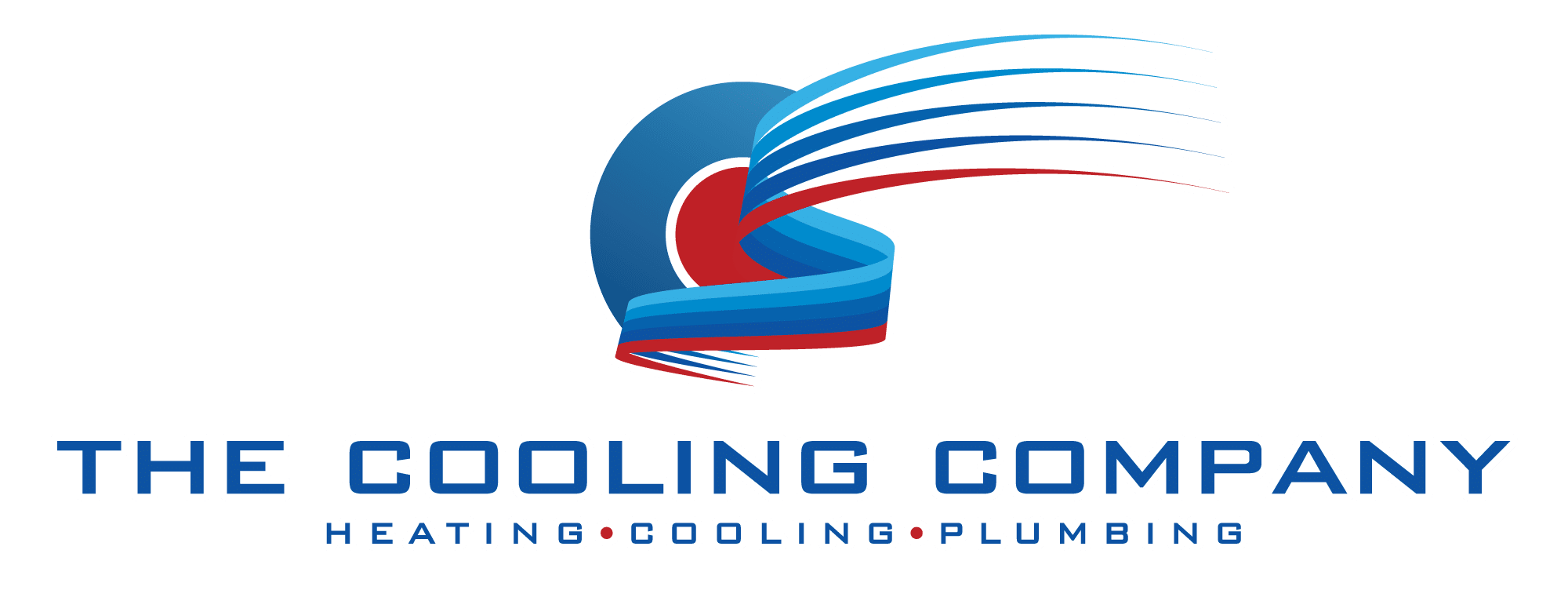Understanding the Importance of HVAC in Cannabis Cultivation
Cannabis cultivation demands precise environmental control. Unlike traditional HVAC systems designed for human comfort, grow rooms require specialized solutions tailored to plant physiology. The right HVAC setup not only supports healthy growth but also prevents common issues such as mold, pests, and nutrient deficiencies caused by improper humidity and temperature levels. Maintaining optimal conditions can significantly enhance the cannabinoid and terpene profiles of the plants, ultimately leading to a more potent and flavorful product.
Lighting and HVAC systems are the primary energy consumers in cannabis cultivation, accounting for nearly 90% of total energy use. Indoor cannabis facilities can use up to 10 times more energy per square foot than typical office spaces, making energy efficiency a critical concern for growers looking to reduce operational costs and environmental impact. Innovative technologies, such as energy-efficient LED lighting and advanced HVAC controls, can help mitigate these costs while still providing the necessary conditions for robust plant growth. Additionally, many growers are now exploring renewable energy sources, such as solar panels, to further decrease their carbon footprint.
Why Traditional HVAC Systems Often Fall Short
Conventional HVAC systems are optimized for human occupancy, focusing on maintaining comfort by regulating temperature and humidity for people. However, cannabis plants have unique needs that these systems often cannot meet. For example, traditional HVAC units may cause the grow room air to become overly dry, which can stress plants and reduce yield. This is particularly crucial during the flowering stage, when humidity levels must be carefully monitored to prevent bud rot and other moisture-related issues.
Moreover, these systems usually lack the fine-tuned control over airflow and humidity that cannabis cultivation demands. This can lead to inconsistent environmental conditions, which Harris, an expert in cannabis climate control, emphasizes as detrimental to producing a quality product: “Consistency and stability in your growing operation is key to producing quality product. Correct and reliable HVAC is essential. It starts with conditions first.” Advanced systems equipped with sensors and automation can adjust in real-time, ensuring that every aspect of the grow room environment is optimized for plant health. Such technology not only enhances yield but also allows for more precise experimentation with different strains and cultivation techniques, paving the way for innovation in the cannabis industry.
Optimal Temperature and Humidity Levels for Cannabis Growth
Maintaining the right temperature and humidity is foundational to successful cannabis cultivation. Different growth stages require different environmental conditions to maximize plant health and yield.
Vegetative Stage Conditions
During the vegetative phase, cannabis plants thrive in temperatures between 70°F and 85°F, with relative humidity levels ranging from 50% to 65%. This environment encourages robust leaf and stem development, setting the stage for a healthy flowering phase. Adequate light exposure is also critical during this stage, as cannabis plants require a minimum of 18 hours of light per day to promote vigorous growth. Growers often utilize high-intensity discharge (HID) lights or LED grow lights to ensure that plants receive the necessary light spectrum for optimal photosynthesis.
Additionally, maintaining proper airflow is vital in the vegetative stage. Good air circulation helps to strengthen stems and prevent the growth of pests and diseases. Implementing fans and ventilation systems can create a dynamic environment that mimics natural conditions, allowing plants to develop strong structures capable of supporting the weight of future buds.
Flowering Stage Conditions
As plants transition to flowering, temperature requirements remain similar, generally between 72°F and 85°F, but humidity needs drop to 45% to 60%. Lower humidity during flowering helps prevent mold and mildew, which can devastate crops at this critical stage. It is during this phase that the plants’ energy shifts from vegetative growth to bud development, necessitating careful monitoring of both temperature and humidity. Many growers utilize dehumidifiers to maintain optimal humidity levels, especially in enclosed grow spaces where moisture can accumulate.
Furthermore, the introduction of specific nutrients can enhance the flowering process. During this stage, cannabis plants benefit from a nutrient regimen that is higher in phosphorus and potassium, which supports the development of larger, denser buds. Regularly checking the pH levels of the growing medium is also crucial, as fluctuations can affect nutrient uptake and overall plant health. By ensuring that all environmental factors are carefully controlled, growers can maximize their yields and produce high-quality cannabis that meets both aesthetic and potency standards.
Precise control over these parameters is essential. Fluctuations outside these ranges can stress plants, reduce cannabinoid production, and ultimately impact the quality and potency of the final product.
Specialized HVAC Systems: Meeting Cannabis-Specific Needs
Given the limitations of traditional HVAC systems, many cultivators are turning to specialized HVAC solutions designed specifically for cannabis grow rooms. These systems provide enhanced control over airflow, temperature, and humidity, ensuring optimal growing conditions throughout all stages of plant development. As the cannabis industry continues to expand, the demand for tailored solutions that address the unique needs of cannabis cultivation is becoming increasingly critical. This shift not only helps in maximizing yield but also in producing high-quality products that meet consumer expectations.
Balancing Air Circulation and Humidity
One of the main challenges in cannabis cultivation is balancing air circulation without drying out the environment excessively. Specialized HVAC units incorporate advanced humidity controls and air exchange mechanisms that maintain stable moisture levels, preventing the overly dry conditions common with standard HVAC setups. These systems often utilize sensors and smart technology to monitor environmental parameters continuously, allowing for real-time adjustments that can significantly enhance plant health and growth rates.
These systems also facilitate consistent air movement, which is crucial for strengthening plant stems and preventing the buildup of stagnant air that can harbor pests and diseases. Additionally, by optimizing air circulation, cultivators can promote even light distribution across the canopy, ensuring that all plants receive adequate light for photosynthesis. This is particularly important in larger grow rooms, where uneven light exposure can lead to inconsistent growth and reduced overall yield.
Energy Efficiency and Environmental Compliance
Energy consumption is a significant concern in cannabis cultivation, not only for cost reasons but also due to increasing regulatory scrutiny. For instance, New York State mandates that cannabis cultivation facilities use HVAC and refrigeration equipment with refrigerants having a global warming potential (GWP) of 10 or less, unless a detailed plan for managing refrigerant leaks and disposal is approved by the Office of Cannabis Management. This regulation encourages the adoption of environmentally friendly HVAC technologies and refrigerants, pushing the industry toward more sustainable practices.
Moreover, many specialized HVAC systems are designed with energy efficiency in mind, utilizing features such as variable speed fans and heat recovery systems that can significantly reduce energy consumption. By implementing these advanced technologies, cultivators not only comply with regulations but also lower their operational costs, making their businesses more profitable in the long run. As the industry evolves, the integration of renewable energy sources, such as solar panels, with HVAC systems is also gaining traction, further enhancing sustainability efforts and reducing the carbon footprint associated with cannabis cultivation.
Innovations in HVAC Technology for Cannabis Grow Rooms
The cannabis industry is rapidly evolving, and so are the technologies supporting it. Recent advancements in HVAC systems offer growers new tools to enhance climate control while reducing energy consumption.
Indirect-Direct Evaporative Cooling (IDEC) Systems
One of the most promising innovations is the Indirect-Direct Evaporative Cooling (IDEC) system. These systems can reduce energy use by up to 80% compared to conventional HVAC units. IDEC technology combines indirect and direct evaporative cooling methods to efficiently manage temperature and humidity without relying heavily on traditional refrigeration cycles.
Beyond energy savings, IDEC systems provide growers with greater flexibility in controlling airflow and humidity, allowing for more precise environmental management tailored to the unique needs of cannabis plants.
Advanced Monitoring and Automation
Modern HVAC setups increasingly incorporate sensors and automation software that continuously monitor environmental conditions and adjust system settings in real time. This level of control helps maintain the stability that Harris highlights as essential for quality cultivation.
Automated systems can also alert operators to potential issues such as refrigerant leaks or equipment malfunctions, enabling proactive maintenance and reducing downtime.
Key Considerations When Designing HVAC for Cannabis Grow Rooms
Designing an effective HVAC system for cannabis cultivation involves several critical factors beyond just equipment selection.
Scalability and Flexibility
Grow operations vary widely in size and scope, from small boutique setups to large-scale commercial facilities. HVAC systems must be scalable and flexible to accommodate changing cultivation needs, including different growth stages and varying plant densities.
Integration with Lighting and Other Systems
Since lighting contributes significantly to heat load, HVAC design must account for the heat generated by grow lights. Proper integration ensures that the HVAC system can effectively counteract this heat without excessive energy use.
Additionally, ventilation and air filtration systems should work in harmony with HVAC units to maintain air quality and prevent contamination.
Compliance with Local Regulations
Regulatory requirements, such as those in New York State concerning refrigerants, must be factored into HVAC design and equipment choices. Staying compliant not only avoids legal issues but also supports sustainable cultivation practices.
Conclusion: Prioritizing HVAC for Successful Cannabis Cultivation
Effective HVAC systems are indispensable for cannabis grow rooms, directly influencing plant health, yield, and product quality. Traditional HVAC solutions often fall short in meeting the unique demands of cannabis cultivation, making specialized systems a necessity.
By maintaining optimal temperature and humidity levels, balancing air circulation, and embracing energy-efficient technologies like IDEC, growers can create stable environments that maximize their crop’s potential while minimizing operational costs and environmental impact.
As the cannabis industry continues to grow and evolve, investing in advanced HVAC solutions will remain a cornerstone of successful, sustainable cultivation operations.
Ready to Optimize Your Cannabis Grow Room?
At The Cooling Company, we understand the critical role HVAC systems play in the success of your cannabis cultivation. Our expert team is ready to provide you with the specialized solutions you need to achieve the perfect balance of temperature, humidity, and air quality. Whether you’re looking to upgrade your current setup or starting from scratch, we offer the reliable, efficient, and quick service necessary to keep your operation flourishing. Don’t let subpar HVAC systems compromise your yield and product quality. Schedule a Service with us today and ensure your grow room is equipped for success.



